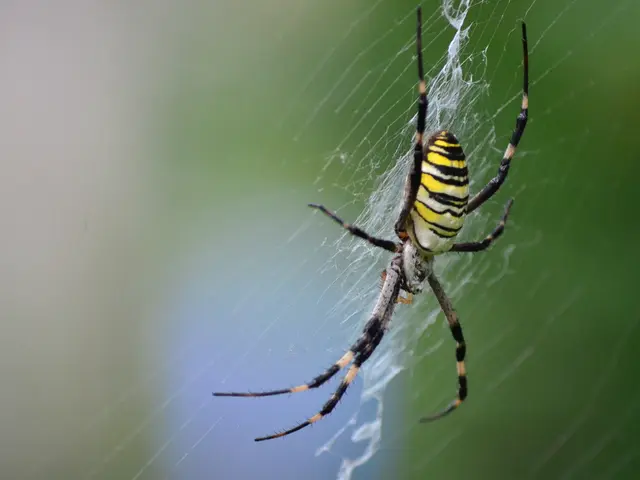Iceberg Roses: A Variety of Colors, Fragrances, and Growth Habits
The Iceberg rose, a popular choice among gardeners, has seen several varieties introduced over the years. Known for their winter hardiness and ease of care, these roses also boast attractive foliage and fragrant blooms. Let's explore some of these varieties and their unique features.
The original Iceberg rose, bred by Reimer Kordes in 1958, set the stage with its strong fragrance and disease resistance. In 2002, a 'New' Iceberg rose was introduced with a mild fragrance, offering a softer scent option. The Brilliant Pink Iceberg rose, introduced later, showcases a more pronounced pink coloration and a mild, honey-like fragrance, providing a visual and olfactory delight.
A climbing Iceberg rose, introduced around 1968, offers a different growth habit. It blooms on old wood only, providing a unique challenge and reward for gardeners. The Burgundy Iceberg rose, with its deep purple blooms and slightly lighter reverse, adds a touch of elegance to the garden. Pruning the climbing Iceberg rose too much can lead to the loss of current season's blooms, a detail gardeners should keep in mind.
The Blushing Pink Iceberg rose, a sport of the original, features a light pink blush on its petals, adding a touch of romance to the garden. The Golden Iceberg rose, introduced in 2006, offers a blended yellow blooming option, providing a pop of color among the traditional pinks and purples.
With a range of colors, fragrances, and growth habits, Iceberg roses continue to captivate gardeners. Their winter hardiness and ease of care make them a popular choice for gardens of all sizes. Whether you prefer a classic pink, a bold burgundy, or a golden yellow, there's an Iceberg rose to suit every taste.




